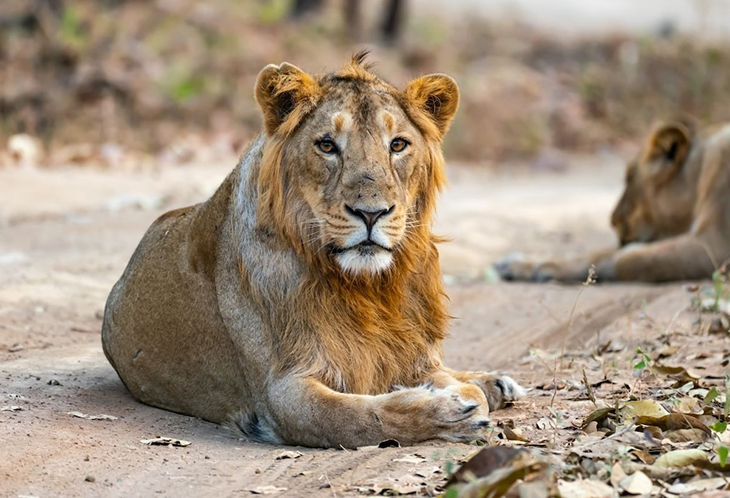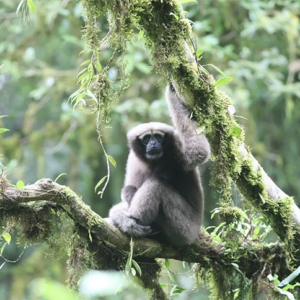
Aside from particular places in Africa, the Indian state of Gujarat is the only other plain where people can witness the majestic roar of lions in their natural habitat.
This is all thanks to the conservation programs that have proven to be so successful that the state government needs to relocate some of these big cats to a new wildlife sanctuary. In fact, the number of these lions has grown so exponentially that their current location has become overcrowded to the point that these lions have wandered into nearby villages and other coastal areas.
At the same time, this move aims to expand the territory of these lions to make sure that they have continued population growth of the once dwindling animal species that are still on the endangered species list.
This northern lion subspecies was once found between West Africa to India, as well as many other regional animal populations, such as the now-extinct Barbary and Caspian lions. As for the Asiatic lions of India, they developed unique genetic traits.
Meanwhile, Iran has become the only place where Asiatic cheetahs can be found. While in India, where the cheetah was eventually annihilated, only the Asiatic lions remain.
Since then, Gir National Park – which is 544 square miles, has become the ideal lion territory. In 2015, the lion population was at 523, while in 2010, it was only 411, compared to 2005, which was just 359. With such a significant increase in population, other states are curious about the possibility of sharing the lions.
In 2013, an Indian Supreme Court ruling ordered some of the lions in Gir to be relocated to prevent the entire population from being endangered by diseases and other threats.
However, for the time being, most of the lions will remain in Gujarat, though nearby Barda Wildlife Sanctuary – which is around 100 kilometers away from Gir National Park – will become the second protected area on earth where these magnificent creatures can be seen. At the moment, around 40 lions are being prepared to be transferred via ferry to their new living space.
According to a report from the Wildlife Institute of India for the Gujarat government titled Lion@2047: A Vision for Amrutkal shares, “Activities to prepare this sanctuary for future natural dispersal will be taken up. Herbivore population augmentation through breeding activities will be taken up. A large part of Barda is covered by thick Acacia Senegal – thickets of Gorad, which does not allow easy penetration of herbivores. This may be removed and replaced by sparse vegetation.”
What are your thoughts? Please comment below and share this news!
True Activist / Report a typo


